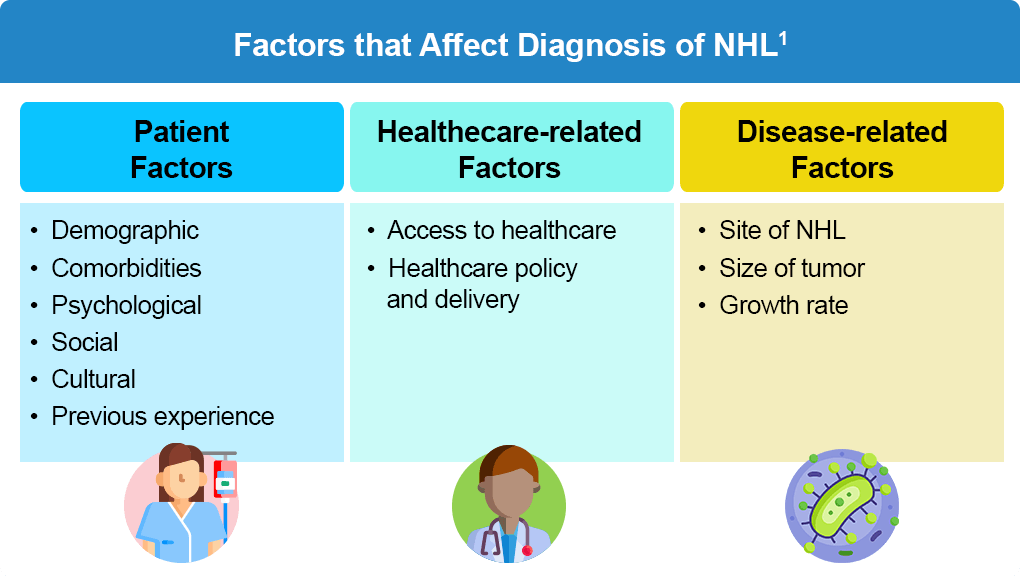This activity is provided by Med Learning Group.
This program is supported by an independent educational grant from Regeneron Pharmaceuticals, Inc.
Copyright © 2025 NHL Strive. All Rights Reserved. Website by Divigner
This program is supported by an independent educational grant from Regeneron Pharmaceuticals, Inc.
Copyright © 2025 NHL Strive. All Rights Reserved. Website by Divigner





